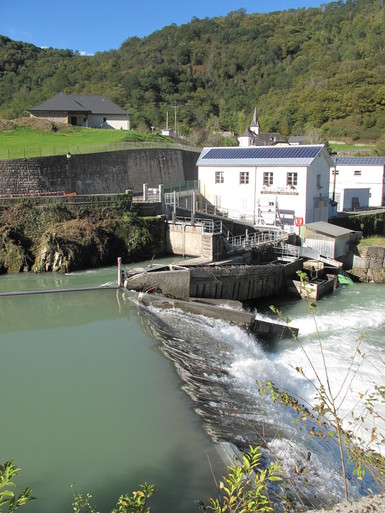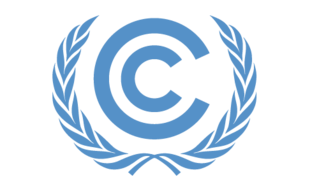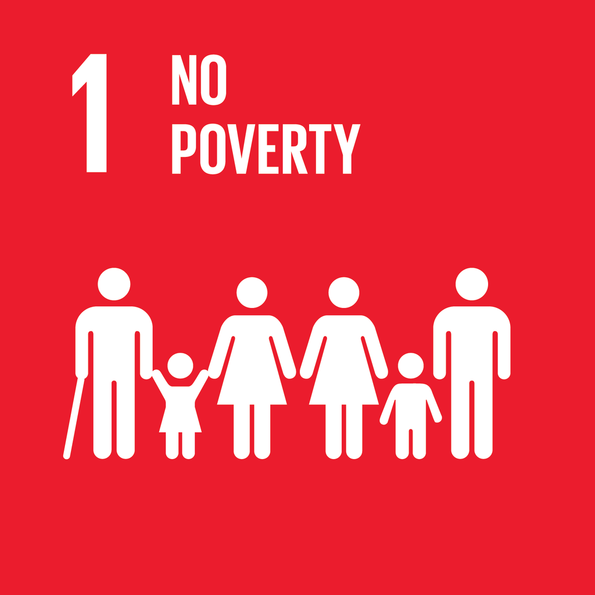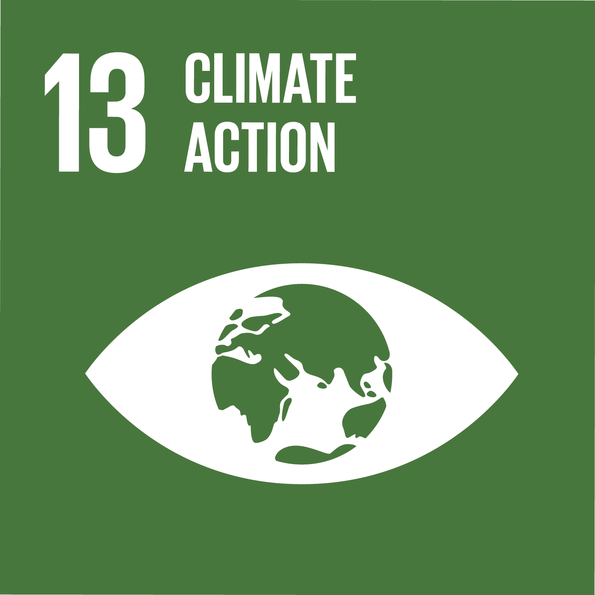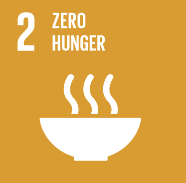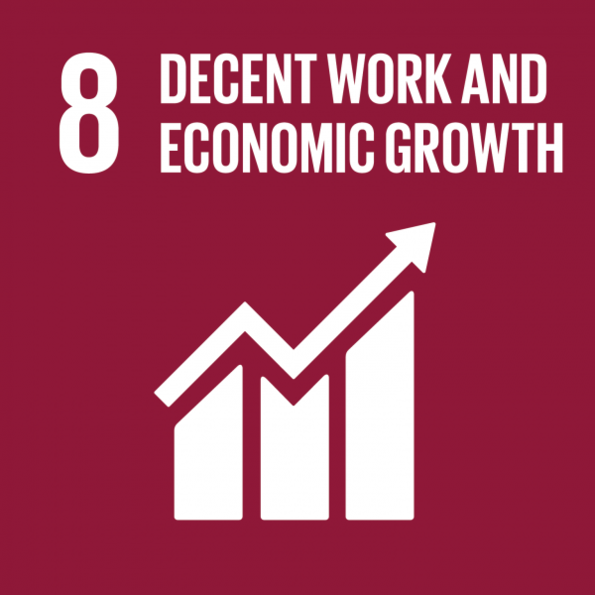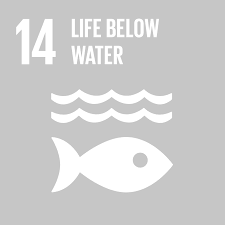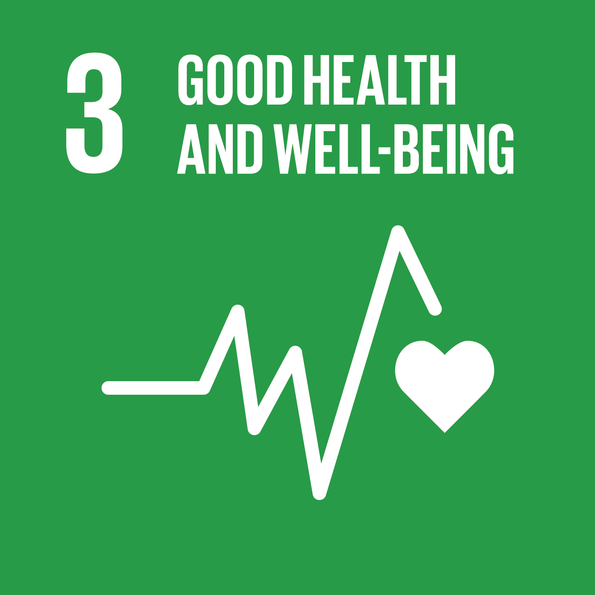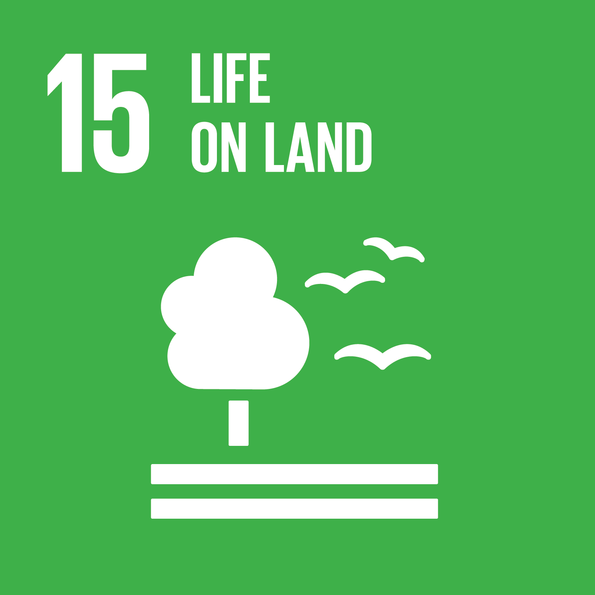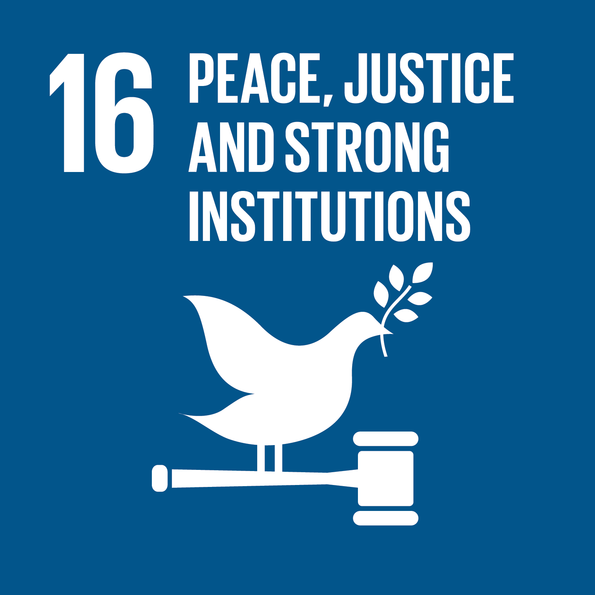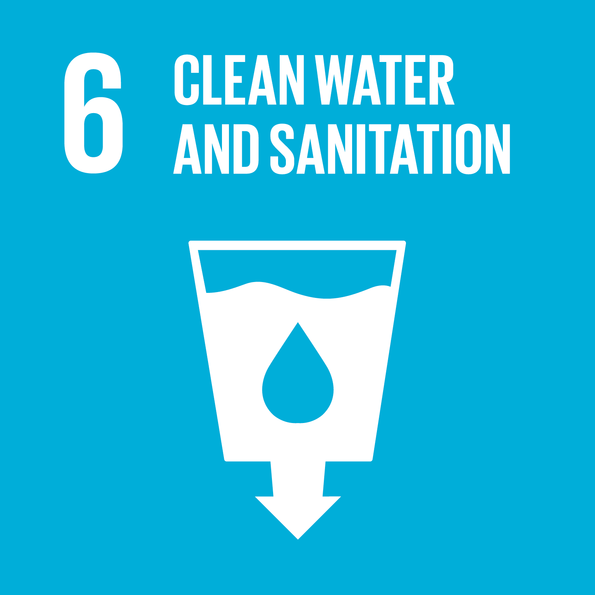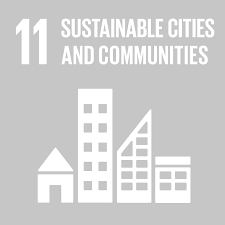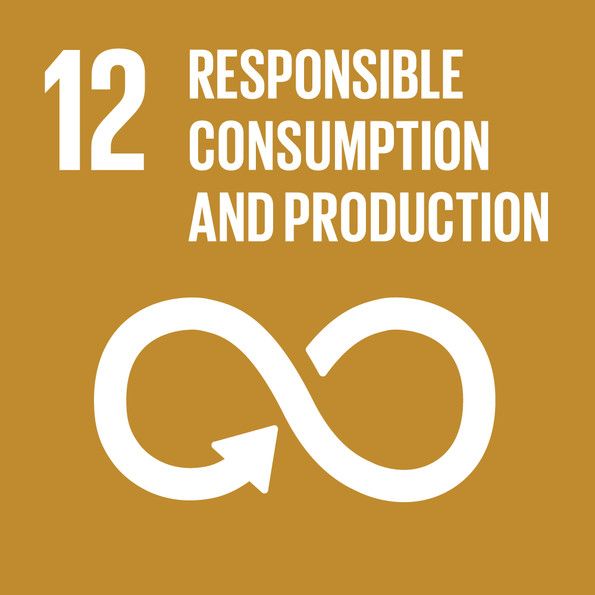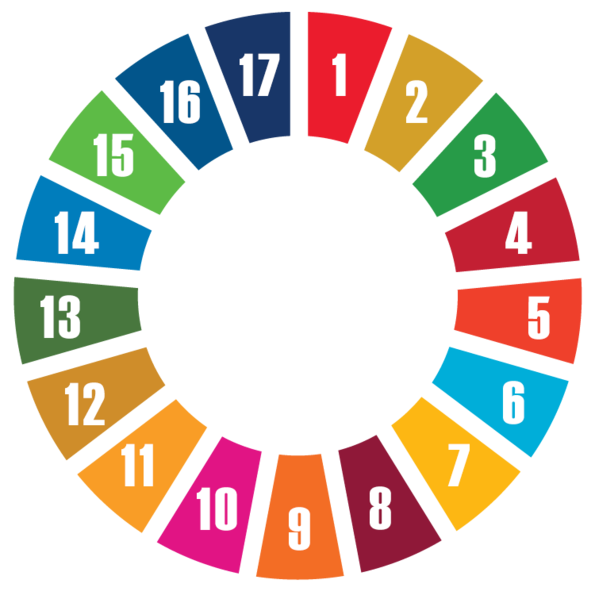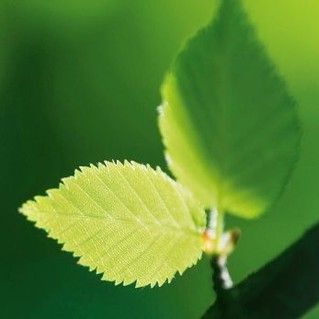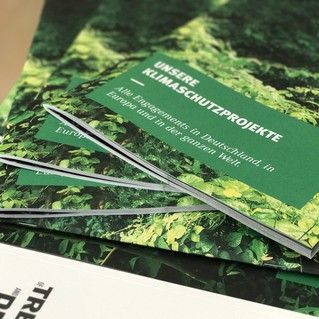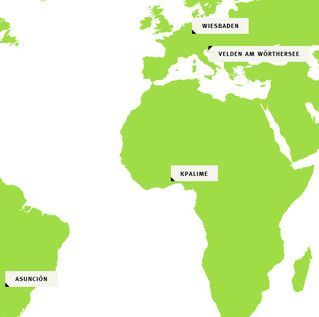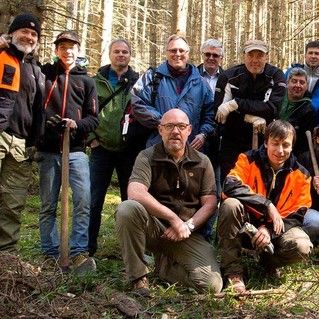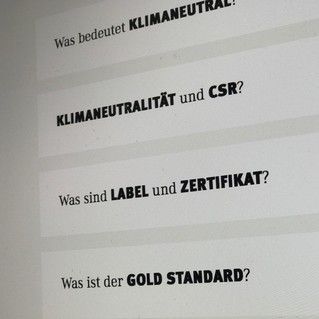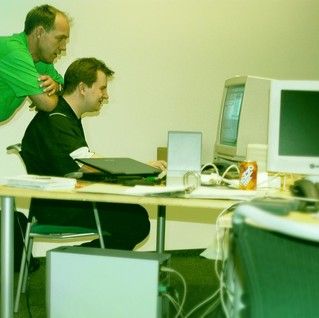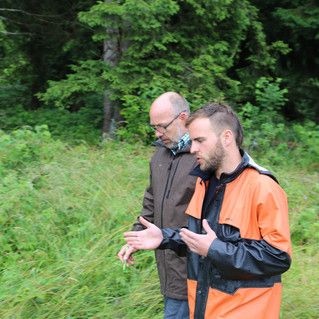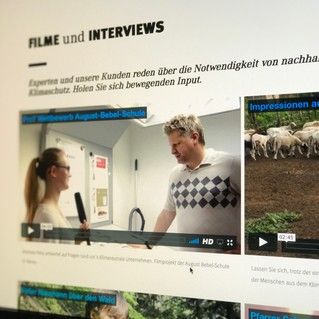international climate protection with environmental and social commitment in Togo
Waste recycling project in Togo
Backround
The realization that there is a problem with plastic waste in our oceans is not new. Our oceans are suffocating in it. A current estimate is that globally, around 4.8 to 12.7 million tons of plastic waste enter the ocean each year. To give you a better idea: that's the equivalent of about one truckload per minute.
But where does the waste come from? One of the most common causes is the mass distribution of plastic waste and the lack of structures for collecting and further processing of the waste. In emerging and developing countries in particular, significantly less than 50 percent of waste is collected, and in many rural regions even much less. A large proportion of people in these countries are therefore unable to dispose of their waste properly; they simply lack the infra-structure to do so.
The waste in Togo
Waste disposal is also a major challenge in West Africa, in Togo. Although many cities, such as Kpalimé, have a garbage collection system in which garbage from restaurants, hotels and private households is regularly collected on small trucks and taken to a central collection point, experience has shown that people are not aware of how to deal with waste. As a result, garbage is often disposed of or burned where it is generated.
Aim of the recycling project
Together with the Technical University of Trier, we want to find a solution for dealing with waste in Togo. The basic idea of our project is to collect the generated waste centrally and to make it usable as secondary residual materials. In other words, to create an opportunity for a circular economy.
Hydropower in india
The project generates electrical energy in a sustainable manner through the use of horizontal Francis turbines, without having a negative impact on the environment. The use of renewable energy sources for power generation thus contributes to the reduction of greenhouse gas emissions. The project's location in the dense forests of the Kemphole Reserve and the natural gradient available there prove to be very beneficial for the project.
There are no residential areas in the immediate vicinity, so there was no need to resettle the local population and the associated rehabilitation measures.
As this is the first project in the Netravathi River basin and is also located on difficult terrain, no data was available in advance to assess the energy potential. Many technological and structural innovations were introduced during the project, such as the use of an automatic cleaning system for the rack. In addition, the project is located in a very hilly area surrounded by dense forest, with no possibility of power transmission over a distance of 29 km. Thus, the promoter had to build a transmission system (with 124 poles) to carry the power to the nearby substation.
In addition to generating electricity, the project also offers several other benefits:
- Sustainable development through the use of renewable hydropower resources available in the project region.
- Contribution to meeting the electricity needs of the southern region grid.
- Protecting the environment and its natural resources and thus avoiding the burning of fossil materials such as coal or petroleum to generate energy by using renewable energy sources.
